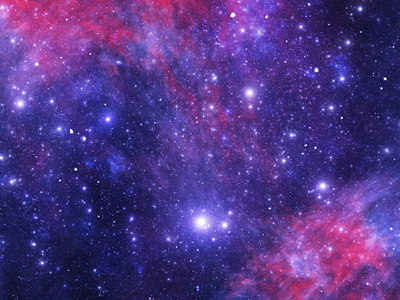

Radioactivity - Nuclear Fusion
This Physics quiz is called 'Radioactivity - Nuclear Fusion' and it has been written by teachers to help you if you are studying the subject at senior high school. Playing educational quizzes is one of the most efficienct ways to learn if you are in the 11th or 12th grade - aged 16 to 18.
It costs only $19.50 per month to play this quiz and over 3,500 others that help you with your school work. You can subscribe on the page at Join Us
Nuclear fusion is the process that powers active stars. It is a process which can create vast amounts of energy with very little fuel required and no toxic waste is produced. It is the goal of many scientists to try to harness this process to help solve the world's fuel crisis. During nuclear fusion, two atomic nuclei join together to form a larger nucleus. You can think of it as being like the opposite to nuclear fission where a large nucleus splits into smaller ones.
Ready for more?
not all...
quizzers. Try to win a coveted spot on our Hall of Fame Page.






